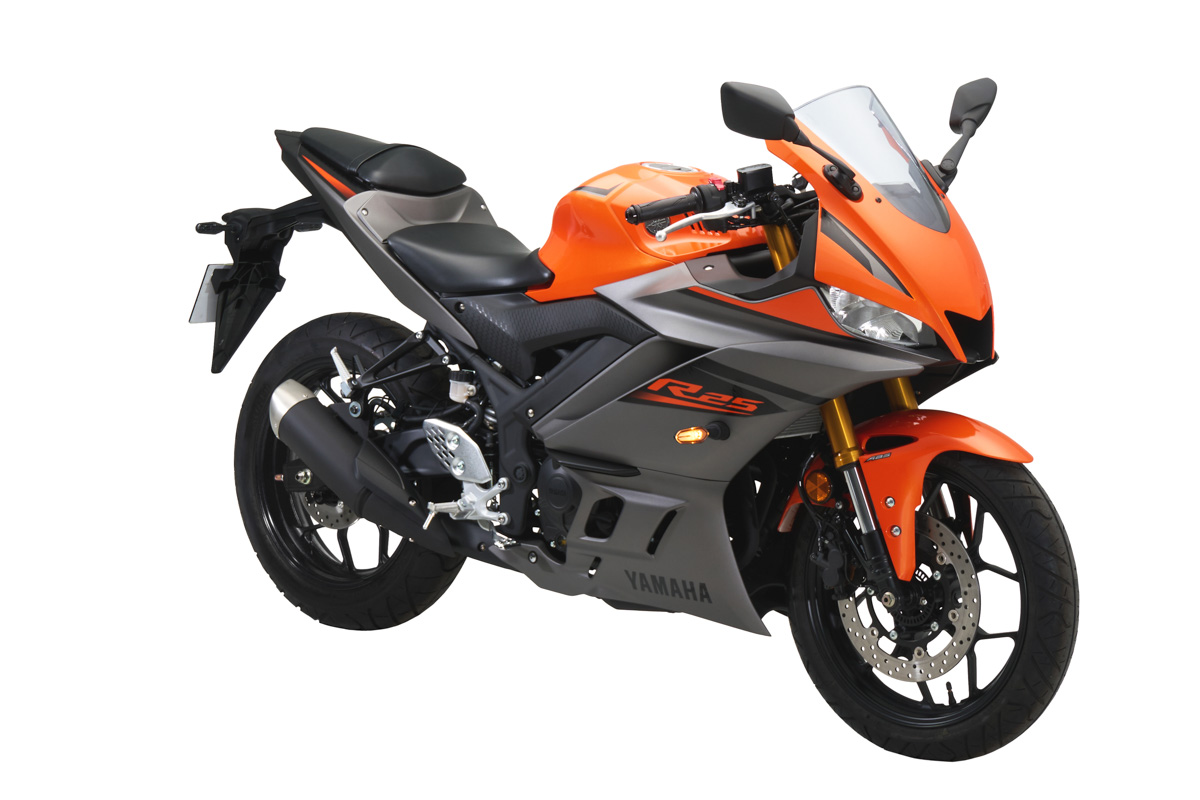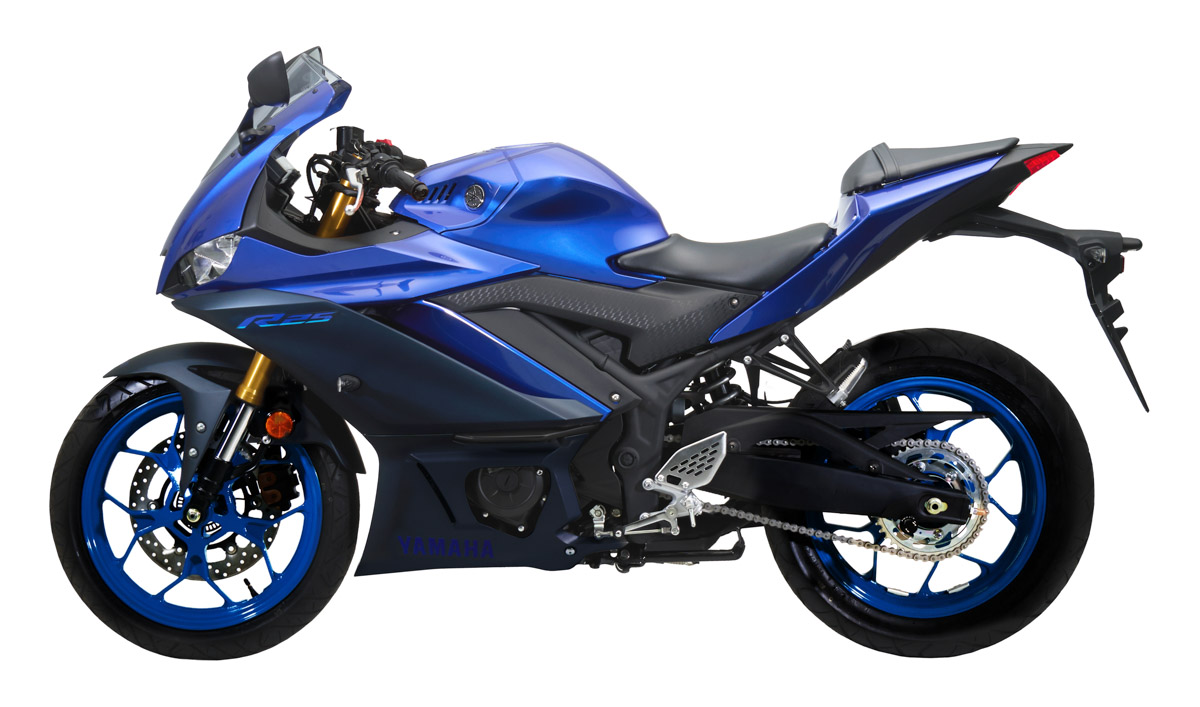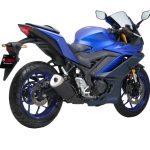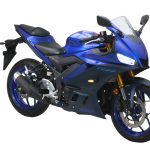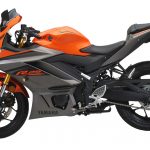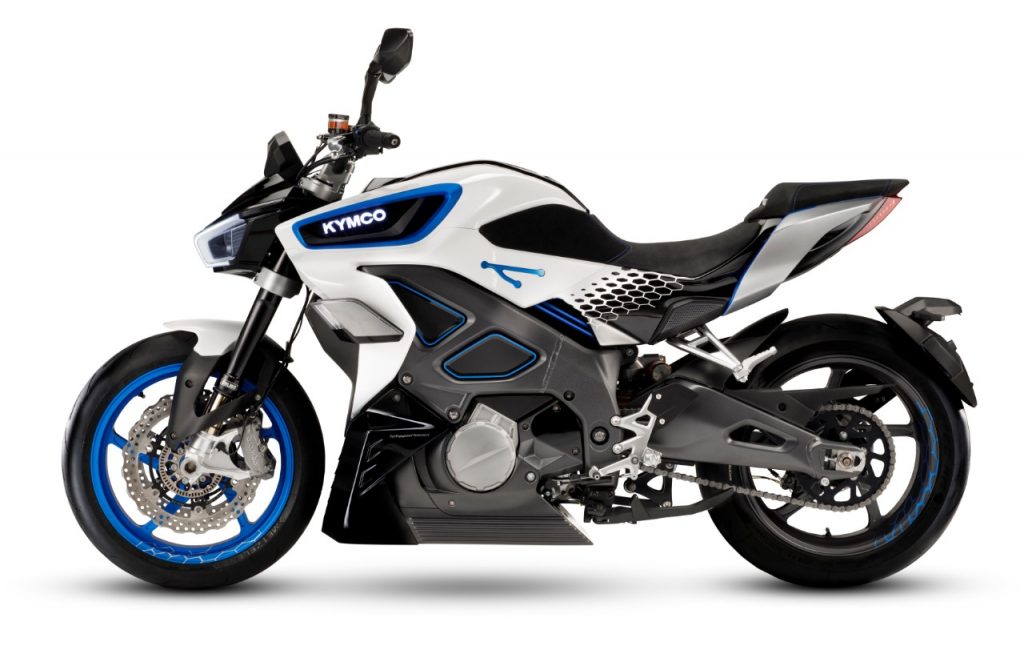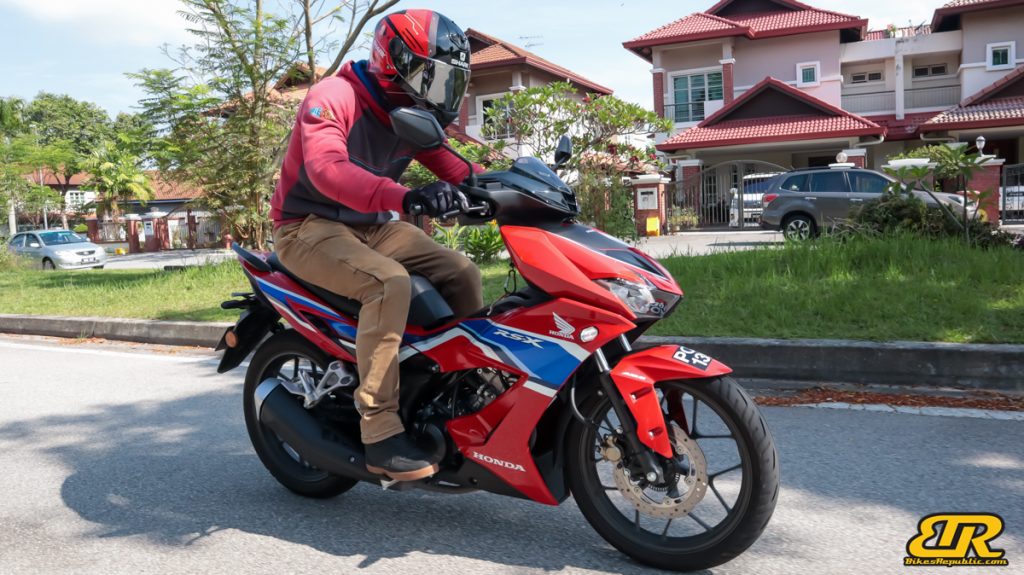Mantan Menteri Pengangkutan, Datuk Seri Dr Wee Ka Siong, telah mempersoalkan ketiadaan ciri keselamatan penting seperti ABS (Anti-lock Braking System) dan ESC (Electronic Stability Control) pada model Perodua Axia E yang dilancarkan baru-baru ini.

Pelancaran Perodua Axia E mendapat reaksi pelbagai dikalangan rakyat Malaysia ekoran didatangkan dengan harga asas serendah RM22,000. Harga tersebut menjadikan Axia E model paling murah ditawarkan pengeluar kereta nasional di Malaysia setakat ini.
Namun begitu, Perodua Axia varian E itu kekurangan beberapa ciri keselamatan penting seperti ABS dan ESC sekaligus mencuri perhatian ramai pihak termasuk mantan Menteri Pengankutan itu.

“Walaupun kenderaan mampu milik ditawarkan dengan harga serendah RM22,000, namun ia perlulah dilengkapi Sistem Brek Anti-Kunci (ABS) atau Anti-Lock Braking System dan kawalan kestabilan elektronik (ESC) demi keselamatan pengguna dan orang ramai,” ujarnya dalam perkongsian tersebut.
Tambahnya, pengeluar tidak seharusnya berkompromi aspek keselamatan dalam usaha untuk menawarkan harga ‘rahmah’.
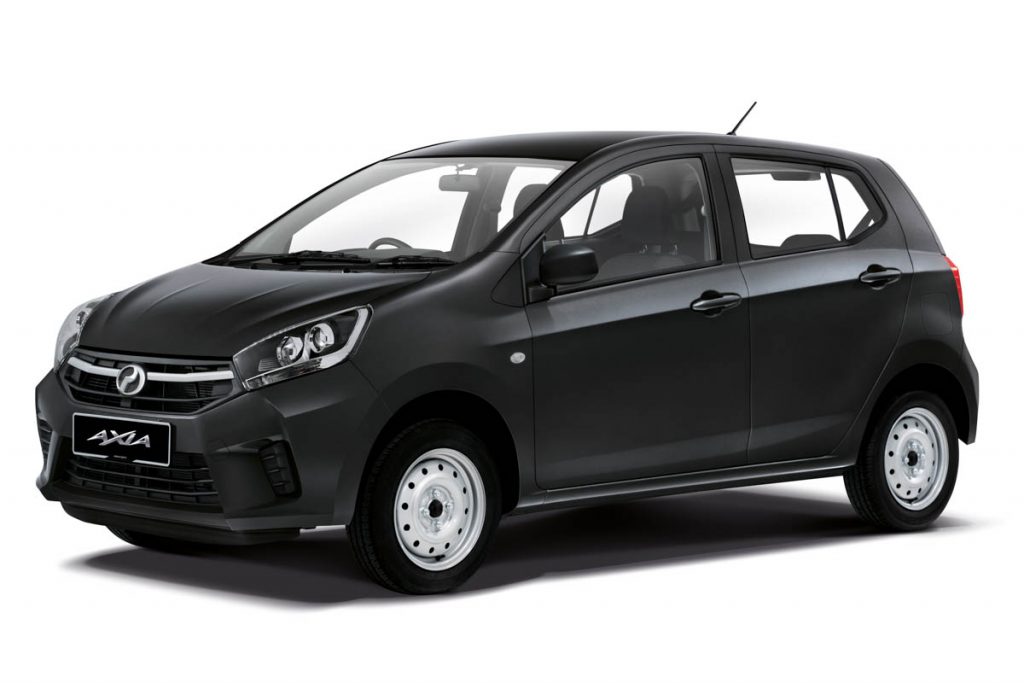
“Janganlah kita berkompromi apabila ia menyentuh soal keselamatan pemandu, penumpang termasuk pengguna jalan raya yang lain.
“Spesifikasi tertentu seperti ABS, ESC dan Agihan Brek Elektronik – EBD (subsistem kepada ABS dan ESC) tidak boleh diketepikan sama sekali hanya kerana mahu menjadikan kenderaan tersebut sebagai ‘kereta rahmah’,” jelasnya.
Dalam pada itu, memetik laporan rakan media, Careta, mendapati Perodua Axia E itu diklasifikasikan sebagai Axia keluaran 2014. Oleh demikian, tiada keperluan untuk mengikut homologasi terkini Kementerian Pengangkutan yang memerlukan ciri ABS dan ESC sebagai alatan standard yang ditetapkan pada 2020.

















